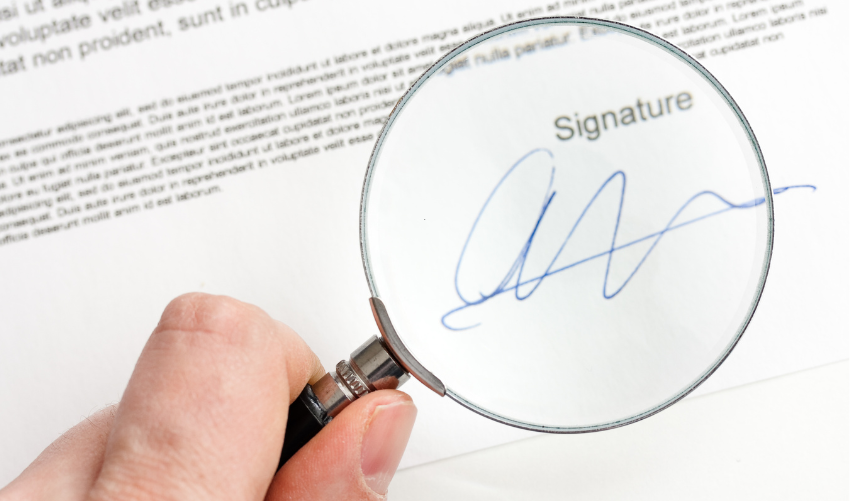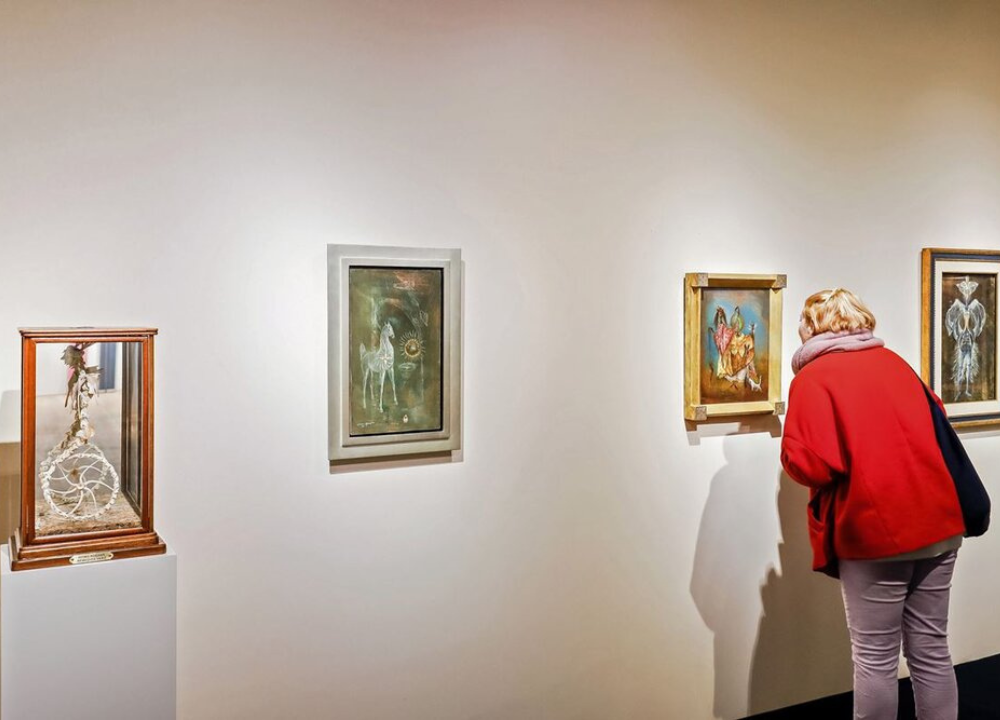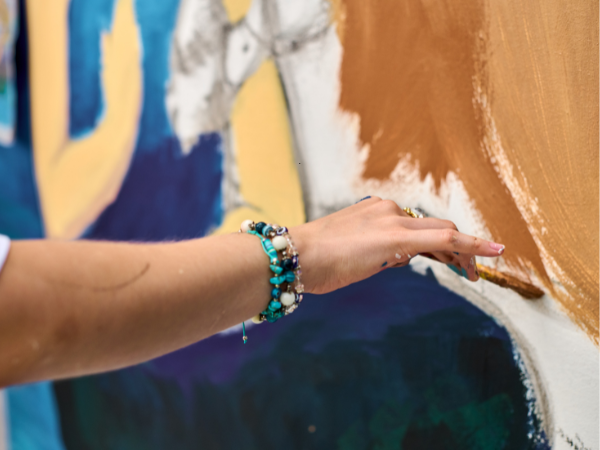This simple document can protect your investment and give you peace of mind. If you’re an art lover, collector, or even an artist, understanding why this certificate matters is key. Plus, knowing how to get one can save you from costly mistakes.
What A Coa Actually Is
A Certificate of Authenticity (COA) is an important document in the art world. It proves that a piece of art is real and created by the artist it claims to be from. A COA gives buyers confidence that they are purchasing a genuine work. It also helps artists protect their creations from fakes and copies.
A Guarantee Of Genuineness
A COA is a document that verifies an artwork is authentic. It serves as legal proof of its legitimacy, ensuring the buyer can trust the piece’s origin. Without this certificate, the artwork’s authenticity may be questioned, which can lower its value. This document is more than just a paper. It is an essential piece of a work’s history and helps maintain its integrity over time.
Important points about a COA:
- Includes artist’s name and signature
- Describes the artwork, such as title and medium
- States the date of creation or certification
- May contain a photo or image of the artwork
- Issued by the artist, gallery, or a trusted expert
Having a COA protects buyers and sellers from fraud. It helps track the artwork’s journey through ownerships. This document also makes reselling easier and more reliable. In short, a COA guarantees the art is genuine and helps keep its value high.
The Coa And Artwork Value
The Certificate of Authenticity (COA) plays a crucial role in the art world. It acts as proof that a piece of art is genuine. This document links the artwork to the artist or the original source. Understanding the connection between the COA and artwork value helps collectors and sellers make informed decisions.
How It Increases Worth
A COA provides credibility to the artwork. It assures buyers that the piece is authentic and not a copy or fake. This trust can significantly increase its monetary value. Art collectors prefer works with a COA because it reduces risk.
Collectors gain confidence in their investment with a COA. It acts as proof for future sales or auctions. Without this certificate, an artwork’s value might drop or remain uncertain.
- Verification: The COA confirms the artist’s identity and the artwork’s origin.
- Provenance: It provides a documented history of the piece.
- Market appeal: Certified artworks attract more buyers.
In short, a COA gives collectors confidence in their investment. It supports the artwork’s value and ease of sale. This certificate is an essential part of buying and selling art.

Establishing Provenance
Establishing provenance is a key part of understanding an artwork’s true value. It shows the artwork’s history and confirms its authenticity. A Certificate of Authenticity (COA) plays a big role in this process. It helps build trust between sellers and buyers. Without clear provenance, an artwork’s value can drop, and doubts may arise about its origin.
The History Of Ownership
A COA helps create a clear chain of ownership. This chain traces the artwork from the artist to the buyer. It provides a detailed record of all owners and transfers. This history proves the artwork is genuine and not a copy or fake.
Provenance is a crucial factor for collectors and museums. They use it to verify an artwork’s authenticity before buying or displaying it. Without proper provenance, the artwork may lose value or face legal issues.
Key points about the history of ownership:
- Artist to first buyer: The initial sale or gift from the artist.
- Subsequent owners: Each person or institution who owned the artwork later.
- Exhibitions and publications: Times and places where the artwork was shown or mentioned.
- Restorations and changes: Any repairs or modifications made over time.
Here is a simple table showing an example of provenance details:
| Owner | Year | Notes |
|---|---|---|
| Artist John Doe | 2005 | Created and sold to first buyer |
| Collector A | 2010 | Purchased at gallery auction |
| Museum X | 2018 | Loaned for exhibition |
| Private Collector B | 2022 | Current owner |
Maintaining accurate provenance protects buyers and sellers. It helps avoid fraud and supports fair pricing. Provenance is not just a formality; it is a valuable tool for anyone involved in art.
Key Information On A Coa
Understanding the key information on a COA helps collectors and artists avoid fraud and confusion. A well-prepared COA contains specific details that confirm the artwork’s legitimacy and origin.
The Details To Look For
A good COA includes several important details. These details help verify the artwork’s authenticity and provide clear information about the piece. Here are the key points to check:
- Artist’s name and signature. The COA must clearly show the full name of the artist. Often, the artist’s signature appears as proof of their approval.
- Title of the artwork – date created and medium used. The COA should state the exact title of the piece. It also includes the date when the work was created and the materials or medium used, such as oil paint, watercolor, or mixed media.
- A unique identification number or photograph. Each COA usually has a unique number or code. This number links the certificate to a specific artwork. Some COAs also include a small photo of the piece to avoid mix-ups.
These details build trust between buyers and sellers. The COA acts as a record of the artwork’s history and ownership. Below is a simple table showing the key COA information:
| Information | Description |
|---|---|
| Artist’s Name and Signature | Confirms the creator and proves authenticity. |
| Title, Date, Medium | Describes the artwork and its origin. |
| Unique ID or Photograph | Links certificate to the exact piece. |
Other useful details might include the artist’s biography, provenance, and gallery or dealer information. These add extra proof but are not always required. Always check the COA carefully before buying or selling art.
The Credible Issuer
The Credible Issuer is a key part of a Certificate of Authenticity (COA) in art. It shows that the artwork is genuine and trustworthy. A COA without a credible issuer loses its value. The issuer must have the right knowledge and authority to confirm the piece’s authenticity.
Who Can Issue A Coa
A Certificate of Authenticity must come from a trusted source. There are three main types of credible issuers:
- The original artist or their authorized representative. This is the most reliable issuer. The artist knows their work best. If the artist cannot issue a COA, a person they have authorized can do so.
- A reputable art gallery or dealer. Galleries and dealers with good reputations often provide COAs. They have experience and knowledge of the art market. Their COAs carry weight in the art community.
- A recognized art authenticator or appraiser. These experts specialize in verifying art. They use tools and knowledge to check the artwork’s origin and quality.
Choosing a credible issuer ensures your COA is accepted and respected. Always check who signs the certificate. A COA from a known and trusted source protects your investment and adds value to your art piece.
Getting A Coa For Your Art
Getting a Certificate of Authenticity (COA) for your art is an important step to prove your work is genuine. It builds trust with buyers and protects your reputation as an artist. A COA serves as official proof that the artwork is created by you, showing details that confirm its originality.
How Artists Can Create One
The artist creates a signed and dated document that serves as the Certificate of Authenticity. This document must provide all the key details of the artwork. It is a valuable step for both original and print editions, ensuring buyers receive proof of authenticity.
Here is a simple table showing what a COA should contain:
| Detail | Description |
|---|---|
| Artist Name & Signature | Confirms who made the artwork and authenticates it |
| Date | When the artwork was created |
| Title | Name of the artwork |
| Medium | Materials and technique used |
| Dimensions | Size of the piece |
| Edition Number | Only for print editions, e.g., 3/50 |
| Unique Identifiers | Security marks, serial numbers, or holograms |
After preparing the COA, the artist should sign and date it by hand. This step adds personal authenticity and trust. Artists often print the COA on high-quality paper or include a watermark to prevent copying.




